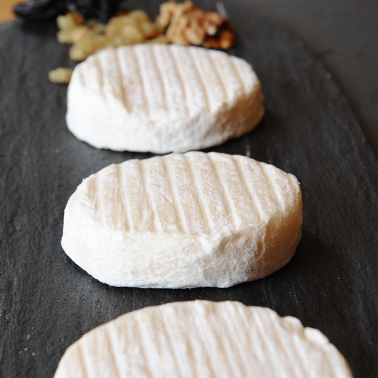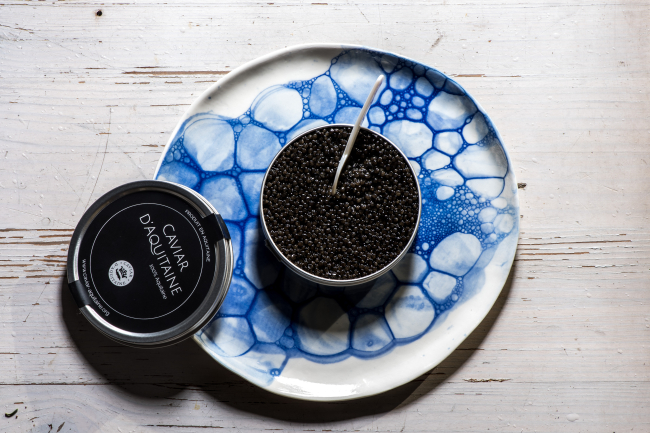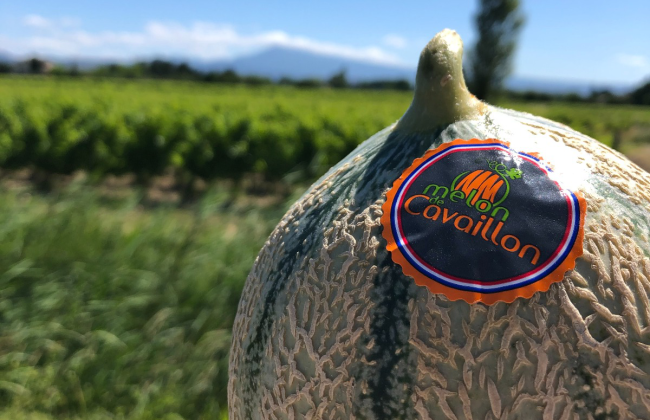This article is older and has been archived.
It remains accessible, but the information provided may be out of date or incorrect.
News
The name "Sel de l'Île de Ré / Fleur de sel de l'Île de Ré" registered as a PGI
The name "Sel de l'île de Ré / fleur de sel de l'île de Ré" is officially recognized as a Protected Geographical Indication (PGI), by publication, on November 24, 2023, of the implementing regulation in the Official Journal of the European Union.
A thousand-year-old fame and ancestral gestures
"Sel de l'île de Ré" and "Fleur de sel de l'Île de Ré" are at the heart of the Ré identity, in Charente-Maritime. For almost a thousand years, the saunières and sauniers have shaped the Île de Ré landscape. Thanks to their ancestral know-how and unchanged methods, they continue to produce quality sea salt to the rhythm of the seasons.
A demanding process
The salt marshes, whose bottoms are naturally made of clay, have been slowly shaped to naturally capture water from the Atlantic and regulate its gravitational circulation. In spring, the salt-marsh worker carries out maintenance work on the marshes. He cleans the salt marshes by removing the silt deposited during the winter. In summer, the salt-marsh worker continuously regulates the circulation of salt water. It concentrates in the various basins until it reaches saturation in the salt pans, where the products crystallize.
The "Sel de l'Île de Ré" forms at the bottom of the salt pans, where cubic crystals develop. It is regularly harvested by hand using a simoussi.
The "Fleur de sel de l'Île de Ré" forms at the surface of the water in the saunante area, where evaporation occurs, and where fragile crystallization develops, mostly in the shape of a hollow, inverted pyramid. It is harvested daily. It is hand-picked by lightly skimming the surface of the water with a flowering lousse.
A product that respects the environment
This production has a positive impact on the environment, through manual practices and the maintenance of a complex hydraulic system. The Ile de Ré salt marshes represent a dynamic mosaic of environments favorable to biodiversity. Based on manual labor, the production method is low-carbon. The product's specifications impose a production method that respects its environment: no chemical weedkillers, no washing / leaching of salt after harvesting, total ban on post-harvest additives...
Key figures
Près de 550
hectares de marais salants en production sur l’Île de Ré
Environ 100
producteurs « Sel sur l’Île de Ré / Fleur de sel de l’Île de Ré », des exploitations de petite taille
65
producteurs réunis en coopérative
35
producteurs « indépendants »
2 500t
de « sel de l’Île de Ré » (production moyenne annuelle)
200t
de « Fleur de sel de l’Île de Ré » (production moyenne annuelle)
Commercialisation en GMS et en vente directe sur l’Île de Ré.
Press release
Communiqué de presse : La dénomination « Sel de l'Île de Ré / Fleur de sel de l'Île de Ré » enregistrée en IGP Téléchargez sur notre site internet wwww.inao.gouv.fr : La dénomination « Sel de l'Île de Ré / Fleur de sel de l'Île de Ré » enregistrée en IGP
CP INAO : La dénomination « Sel de l'Île de Ré / Fleur de sel de l'Île de Ré » enregistrée en IGP Téléchargez sur notre site internet wwww.inao.gouv.fr : La dénomination « Sel de l'Île de Ré / Fleur de sel de l'Île de Ré » enregistrée en IGP
The latest approvals for French SIQO products
The name "Pérail" is officially recognized as a Protected Geographical Indication (PGI), by publication, on May 26, 2025...
News

News
The name "Caviar d'Aquitaine" is officially recognized as a Protected Geographical Indication (PGI), with the...
News

News
The "Melon de Cavaillon" denomination is officially recognized as a Protected Geographical Indication (PGI), with the...
News

News
